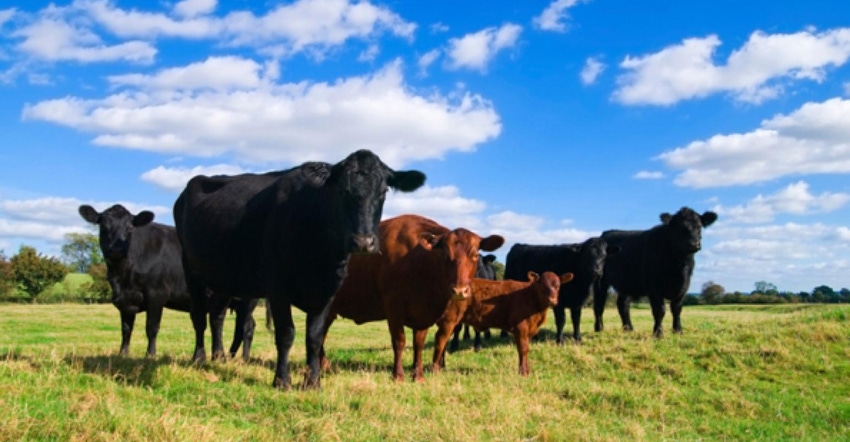Cattle and beef markets 2022: The second half
Get ready, the second half of 2022 might be a lot different than the first half.

The first half of 2022 is in the books. The general direction of cattle and beef market forecasts for this year has not changed but annual forecasts have been modified by the way the first half of the year has played out; with implications for a significantly different second half of the year. If the forecasts are to be realized, several factors will be significantly different in the third and fourth quarters compared to the first half of the year.
Beef production is projected to decrease year over year in 2022 from last year’s record level. The magnitude of that decrease has been trimmed back compared to earlier forecasts with current estimates for beef production to decrease roughly one percent in 2022. Beef production in the first half of 2022 is up about one percent, meaning that production in the second half of the year is projected to drop more sharply and is forecast to decrease nearly four percent year over year for the remainder of the year.
Lower beef production going forward implies that cattle slaughter will decrease as well. Cattle slaughter is currently forecast to decrease by 1.0 percent for the year. In the first half of the year, total cattle slaughter has been up by 1.4 percent year over year. The increase is due to more female slaughter with total cow plus heifer slaughter up 4.5 percent in the first half of the year. Thus far, increased female slaughter more than offsets the 1.6 percent year over year decrease in steer plus bull slaughter.
Total cow slaughter is up 6.1 percent so far this year with decreased dairy cow slaughter, down 3.1 percent year over year so far, partially offsetting the 14.6 percent year over year increase in beef cow slaughter. For the remainder of the year, total beef cow slaughter is likely to remain higher year over year by double-digits and total cow slaughter is likely to increase by five to six percent year over year. This means that reduced cattle slaughter will be realized by less steer and heifer slaughter.
Reduced fed slaughter for the remainder of the year implies reduced feedlot marketing rates. Feedlots, as of June 1, had record inventories of cattle on feed which seems to be at odds with the idea of reduced marketings in the coming months. However, feedlots have been placing larger numbers of lightweight cattle which leads to more days on feed and slower turnover rates…in other words, slower marketing rates. Feedlots will work through current inventories in the second half of the year. May placements were down by the largest year over year monthly decrease since last September. Smaller placements in the coming months will lead to lower feedlot inventories by the end of the year unless drought forces even larger numbers of cattle into feedlots.
Exactly how continuing drought, reduced forage production and high feed prices will impact cattle and beef markets in the coming months remains uncertain. Nevertheless, the second half of 2022 is shaping up to look significantly different than the first half of the year.
Source: Derrell Peel, Oklahoma State University, which is solely responsible for the information provided and is wholly owned by the source. Informa Business Media and all its subsidiaries are not responsible for any of the content contained in this information asset.
About the Author(s)
You May Also Like



